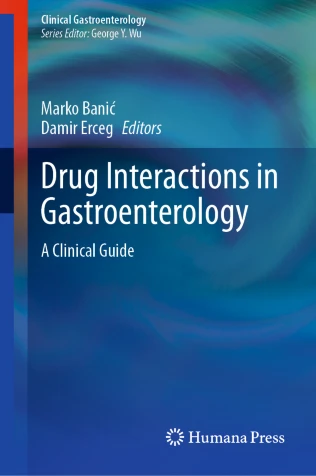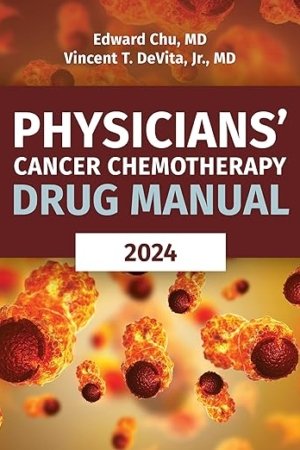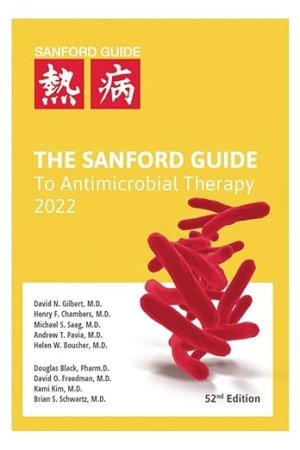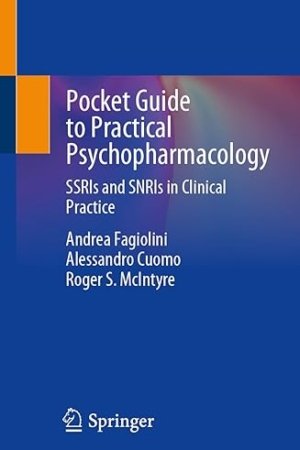Drug Interactions in Gastroenterology: A Clinical Guide (Clinical Gastroenterology) PDF
FREE
Drug Interactions in Gastroenterology: A Clinical Guide PDF – Essential Reference for Clinicians
Drug Interactions in Gastroenterology: A Clinical Guide (Clinical Gastroenterology) PDF is a practical and authoritative resource that addresses the complex world of drug interactions in gastrointestinal medicine. Written by leading experts, this guide offers clear, evidence-based strategies for identifying, preventing, and managing adverse interactions that may occur with commonly prescribed medications. Compact, well-structured, and clinically focused, it is perfectly suited for gastroenterologists, internists, pharmacists, and medical trainees.
Why This Book Matters
Patients with gastrointestinal disorders are often prescribed multiple medications, increasing the risk of drug-drug and drug-disease interactions. A reliable clinical reference ensures that healthcare providers can make informed treatment decisions, minimize adverse outcomes, and optimize therapeutic effectiveness. Drug Interactions in Gastroenterology: A Clinical Guide delivers concise and practical recommendations for safe prescribing in both inpatient and outpatient settings.
For updated guidelines in gastroenterology and pharmacology, visit the American Gastroenterological Association (AGA) and the American College of Gastroenterology (ACG).
Key Features of the Ebook
This clinical guide includes:
-
Comprehensive coverage of gastrointestinal drug interactions
-
Evidence-based management strategies for complex cases
-
Practical tables and charts for quick reference
-
Focus on polypharmacy in elderly and high-risk patients
-
Guidance on interactions with antibiotics, antivirals, PPIs, and biologics
-
Case-based learning and clinical pearls
-
Updated insights into pharmacogenomics and personalized therapy
For further resources, consult the British Journal of Clinical Pharmacology and World Journal of Gastroenterology.
Who Can Benefit
This ebook is designed for:
-
Gastroenterologists and hepatologists
-
Internal medicine physicians and residents
-
Pharmacists and clinical pharmacologists
-
Nurse practitioners and physician assistants
-
Medical students and fellows in gastroenterology
For complementary references, explore Sleisenger and Fordtran’s Gastrointestinal and Liver Disease and Yamada’s Textbook of Gastroenterology.
Learning and Application Strategies
The book emphasizes real-world application through structured drug tables, case-based scenarios, and practical algorithms. By integrating pharmacology with clinical gastroenterology, it helps providers recognize potential risks, adjust therapies, and ensure patient safety. The accessible format makes it valuable during clinical consultations, academic teaching, and multidisciplinary care.
For additional educational resources, consult the National Institute of Diabetes and Digestive and Kidney Diseases (NIDDK) and PubMed Clinical Pharmacology.
Detailed Content Overview
Chapters are organized to cover:
-
Fundamentals of drug interactions in gastroenterology
-
Pharmacokinetics and pharmacodynamics in GI practice
-
Antibiotics, antivirals, and immunosuppressants interactions
-
Acid-suppressing therapies and biologics
-
Polypharmacy in elderly patients
-
Clinical case studies and best practice recommendations
-
Essential charts, interaction tables, and management algorithms
Conclusion
Drug Interactions in Gastroenterology: A Clinical Guide PDF is an indispensable tool for healthcare professionals who manage patients with gastrointestinal conditions. With its clear recommendations, evidence-based insights, and practical clinical focus, it helps clinicians improve treatment safety and patient outcomes.
👉 Download Drug Interactions in Gastroenterology: A Clinical Guide (Clinical Gastroenterology) PDF today to enhance your gastroenterology practice. For further reading, explore the Journal of Gastroenterology, consult the American College of Gastroenterology (ACG), and review clinical updates in the World Journal of Gastroenterology.











